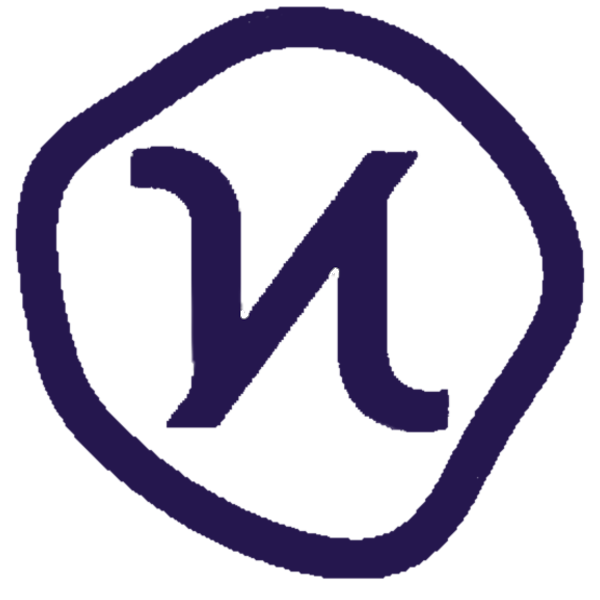Ogres have layers (and so does web3)
If you're not familiar, web3 is the idea that the internet can run in a decentralized way. If you think of the websites/apps you use each day, they're probably owned and operated by a company (Facebook, Google, etc.). That's centralization. It may feel like you're just talking to your friend on facebook, but really you're both talking to a company who is talking to the other person for you. This is fine as long as you trust the company, but web3 allows you to talk directly to your friend without needing to trust another person or company.
To make this possible, there are multiple "layers" of technology involved (Blockchains are typically called "layer 1" or L1). At layer 2 (L2) and above, you have applications that run on top of the blockchain. This is the actual website or app you would use. The difference is that no one person or company owns or controls the application.
L0 is made up of a few different things including "metaprotocols" -- which are just frameworks for creating blockchains. Koinos is an L0 framework. The Koinos mainnet (coming 2022) will be an L1 blockchain. If someone wanted to use the open-source Koinos software and create another Koinos-based blockchain, that would also be L1.
I believe Koinos is the best L0 and L1 solution in the market. The real trick for adoption is going to be attracting developers/companies that are creating L2 and above. That's where the network effect will bring the masses to Koinos.
More tomorrow,
-Luke
P.S. community member Von Looten just released a nice article on microservice architecture. Check it out!
